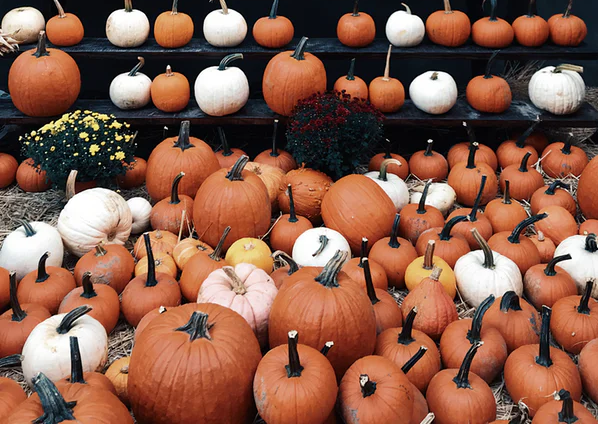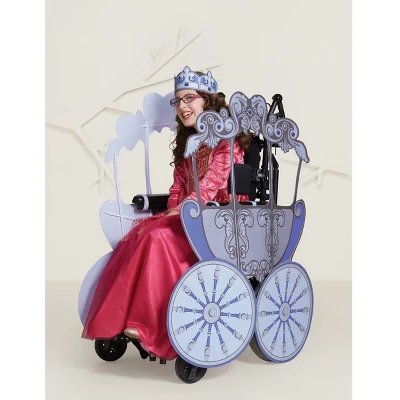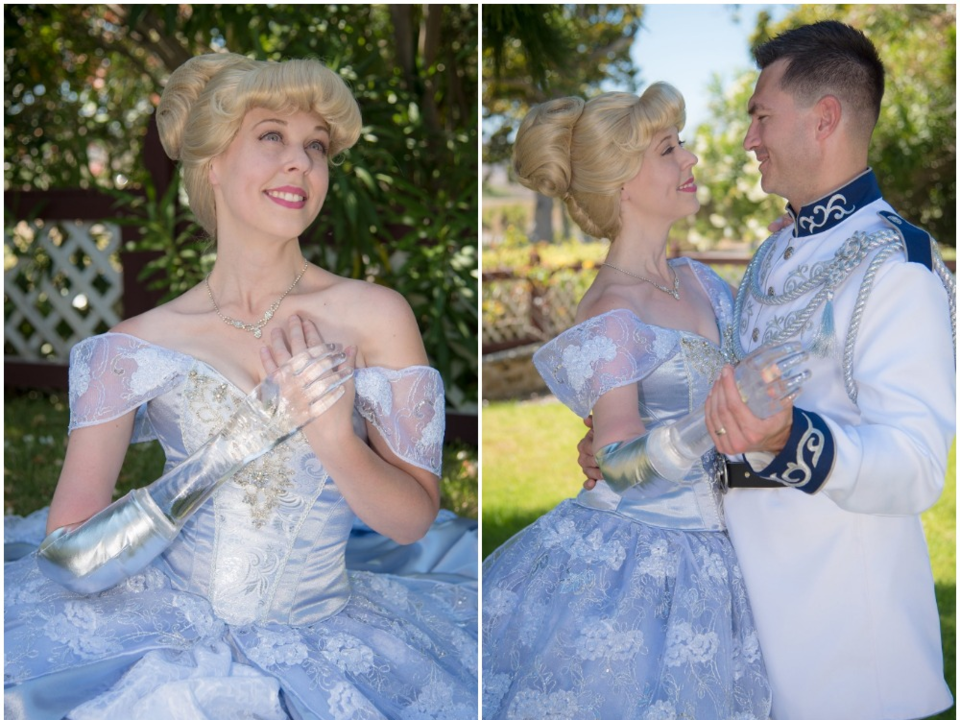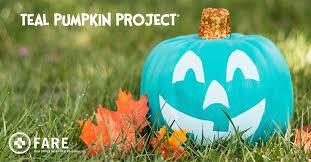 With Halloween just around the corner, everyone is busy decorating their houses, buying candy and getting their costumes in order. For some children, though, this time of year can bring anxiety and discomfort. Children with sensory differences may find costumes to be too scratchy and uncomfortable to wear and children with social difficulties may have a hard time managing the expectations to patiently wait in line for candy at each house. Children with physical disabilities may also have difficulties finding costumes that fit well and costumes often get hidden behind the straps and accessories of mobility devices dampening the joy of showing off. Even just accessing houses for trick-or-treating can be a challenge.
With Halloween just around the corner, everyone is busy decorating their houses, buying candy and getting their costumes in order. For some children, though, this time of year can bring anxiety and discomfort. Children with sensory differences may find costumes to be too scratchy and uncomfortable to wear and children with social difficulties may have a hard time managing the expectations to patiently wait in line for candy at each house. Children with physical disabilities may also have difficulties finding costumes that fit well and costumes often get hidden behind the straps and accessories of mobility devices dampening the joy of showing off. Even just accessing houses for trick-or-treating can be a challenge.
In recent years we have seen greater awareness of these issues and it’s heartwarming to see local campaigns addressing the differences among children and families and making the experience more inclusive.
In Canada, for example, families can go to the local Home Depot and get a sign to put on their lawn to indicate that their house is accessible to all children. Visit www.treataccessibly.com to read about this wonderful initiative started by a Toronto family wanting to ensure that their neighbors could experience trick-or-treating without having to navigate obstacles at their home.

Though we don’t celebrate Halloween here at Beit Issie Shapiro (we are located in Israel), we do have our own holiday, Purim, during which children traditionally dress up. A few years ago, we realized that some children and families need a bit of help to make the experience of dressing up more fun, so we held a costume make-a-thon in which design school volunteers were paired with families of children with disabilities. Together they created fun costume designs that the children could show off with pride. It was a huge success and has since become an annual event, helping more children each year.

It’s not too late to organize your own local event for this Halloween! Take a look at the post from our 2019 “Making Costume Dreams Come True” event for inspiration and ideas.
If you don’t have time to make your own costume, Target introduced a line of accessible costumes this year, with sensory friendly features, designs that are easier to put on, and accessories for mobility devices. We love to see that these ideas are becoming part of the mainstream! Check out their 2019 collection.

The collection is currently limited to a few designs, but this is undoubtedly an indication of more to come.
Have you seen this post on social media recently? Mandy Pursley, a woman with an upper limb amputation, posted photos of her Cinderella costume complete with a glass prosthetic arm. A beautiful example of embracing your differences and promoting positive body image.

Here is a quote from Mandy’s original post:
“This costume is dedicated to all the little girls learning to navigate the world with their “lucky fins” or other challenges. I hope you know you are beautiful, and that you are UNSTOPPABLE!!! Write your own story, and be your own kind of princess. ❤”
Read more about Mandy and her story, here.
Another great example of communities creating inclusive Halloween experiences is the “Teal Pumpkin Project” meant to create a safe space for children with food allergies. With all the treats and candy given out at Halloween, trick-or-treating can be an isolating experience for children with threatening food allergies. The Teal Pumpkin Project was created to give trick-or-treaters an indication that the participating house has allergy safe options.

We’d love to hear about how your community is creating an inclusive experience this Halloween.
Happy Halloween everyone! 🎃



Leave a Reply